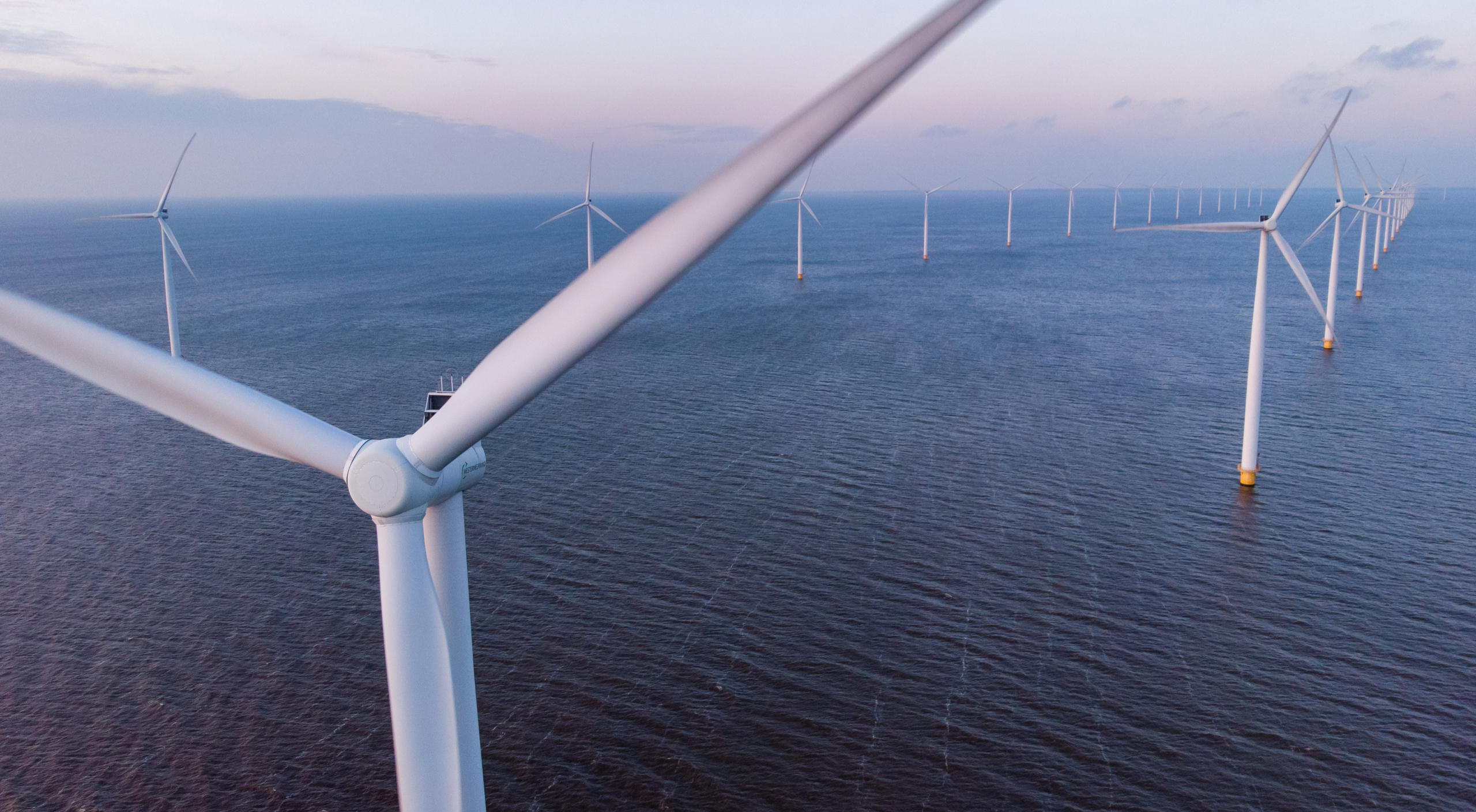Data centres: Computing against climate change
Reducing the costs of the energy transition and making the electricity market more sustainable? That works with systematic integration of flexibility – which can be provided by data centres.

The energy industry is on the way to decarbonisation. Intermittent renewables like wind and solar replace fossil fuels. With this shift, new challenges for transmission system operators arise: the rapid expansion of intermittent renewables increases grid congestion. To cope with the congestions, transmission system operators resort to costly redispatch measures. In Germany alone, these re-dispatching costs amount to over 1 billion euros per year since a couple of years.
of demand response could be provided by data centers in 2030.
Flexibility on the load side is urgently needed to make the energy transition cost-efficient. This is precisely where data centres come into play. Conservatively estimated, all of Europe’s data centres could be a source of more than 10 GW of demand response in the European power system in 2030 if there were local flexibility markets.
Data centres as flexibility providers
Together with the Sustainable Digital Infrastructure Alliance (SDIA), EPEX SPOT has published a joint White Paper, calling on authorities to enable a large-scale activation of currently neglected flexibility provided by data centres throughout Europe. The systematic integration of flexibility provided by data centres through local flexibility markets will contribute to the reduction of costs of the energy transition for the end-consumer, rendering markets sustainable.
As increasingly large consumers of electricity with highly automated processes, data centres are perfect sources of flexibility for the future energy system. According to the European Commission, they accounted for around 2.5% or 78 TWh of consumption already back in 2015. Estimates suggest that data centre energy consumption might reach 3% of total global energy consumption by 2025.
of the global energy consumption could come from data centers in 2025.
Workload shifting
The high level of automation in data centres allows operators to monitor and control the power consumption of their information technology, equipment and cooling facilities in real time. The result is a type of workload shifting that preserves the integrity of the network during peak hours while providing data centres with lower energy costs and/or revenue from selling their flexibility. For example, a 60 MW data centre might be able to provide 22 MW of demand response.

Batteries instead of diesel generators
Another source of flexibility for data centres could be their emergency power – namely if it comes from batteries instead of generators. It is estimated that more than 20 GW of backup diesel generators are currently in operation worldwide. Some large data centre operators are converting these to battery power plants.
The advantage is that while diesel generators stay idle for most of the year, batteries are versatile team players. When they are not needed, they are available as an asset that strengthens the power grid in general. They also serve as a buffer: wind and solar power are currently booming around the world, but sunny days and windy hours don’t always coincide with a data centre’s energy needs. Large-scale batteries store renewable energy when it is abundant and discharge it when it is needed.

Flexibility markets as enabler
Currently, there is only limited incentive to invest in resources that can provide flexibility, nor is there an incentive for flexibility providers to sell their services to system operators. Local flexibility markets such as the  Enera pilot project in the north-west of Germany (part of the SINTEG framework*) proved they can efficiently centralise and activate local flexibility offers. Flexibility providers such as data centres would be ideal candidates to price and offer their services within the local flexibility markets, and system operators would be able to reliably and economically relieve physical congestion on the grid close to real-time.
Enera pilot project in the north-west of Germany (part of the SINTEG framework*) proved they can efficiently centralise and activate local flexibility offers. Flexibility providers such as data centres would be ideal candidates to price and offer their services within the local flexibility markets, and system operators would be able to reliably and economically relieve physical congestion on the grid close to real-time.

Data centres have an enormous potential to participate in the societal effort of the energy transition.

